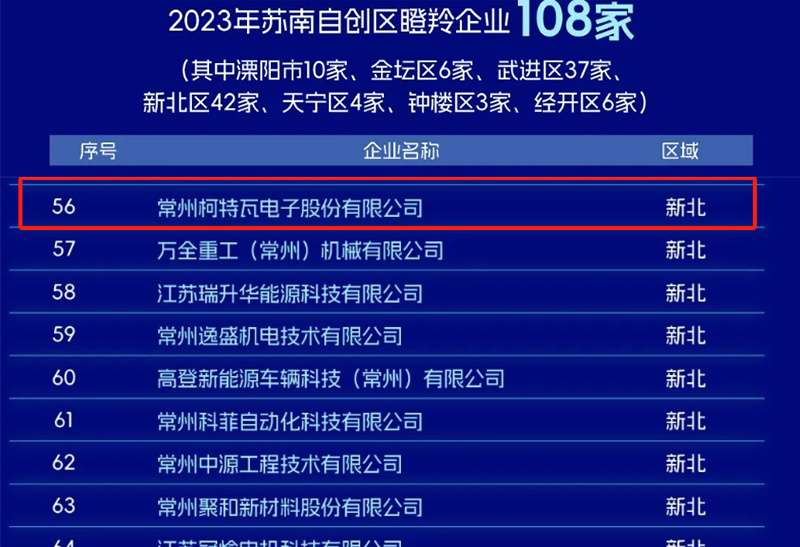
News Center
Industry Analysis | Connector Industry
Release time: 2018-07-30
1. Connector
The connector is the core basic element necessary for the electrical connection of the circuit system of the whole machine, and its function is to realize the connection, disconnection or conversion by means of electrical/optical signals and mechanical force. Today, with the rapid development of information and electronics, connectors, as an indispensable part of electronic equipment, are widely used in automobiles, communications, aerospace, military equipment, computers, industry, household appliances and other fields.
There are many classification standards for connector product types, which can be classified according to their appearance structure, working frequency, application field, installation method, special performance, etc., taking into account the technical development and actual situation of the connector, and its versatility And related technical standards, connectors are generally divided into the following categories: low-frequency circular connectors, rectangular connectors, printed circuit connectors, radio frequency connectors and optical fiber connectors.
As a communication bridge in the circuit system, the connector has the characteristics of easy maintenance and easy upgrade. At the same time, it can simplify the assembly process of electronic products, improve the flexibility of design and production, thereby improving the automation of the entire system and reducing costs.
Second, the connector industry chain
Connectors are basic electronic components. The upstream is metal, semiconductor, chemical products and other materials, and the downstream is terminal products in the fields of automobiles, communication equipment, computers, and industrial equipment. After years of development, the entire industry chain is relatively clear. The product is also relatively clear.
Third, the global connector market
The global connector market has continued to grow in the past 40 years. According to data from Bishop & Associate, the global connector market has grown from 59.4 billion yuan in 1980 to 364.3 billion yuan in 2016, with a compound growth rate of 5.2%. The growth rate has increased over the past decade. The compound growth rate is 2.6%. Although the connector market has experienced a temporary decline after 2014, the subsequent economic recovery and technological upgrading will continue to drive the rapid development of this industry.
Connector application field
Classified by downstream industries, connectors mainly include automotive, communications, consumer electronics, military, and industrial categories. The scale growth and technological innovation of downstream industries are the main factors driving the growth of the connector market. In these downstream industries, automotive connectors account for a large proportion, accounting for 23% of the global connector market; communications follow closely behind. And with the increase in automotive electronics, and the layout of 4G and 5G networks, there will still be a lot of room for development of automotive and communication connectors. In the field of consumer electronics, with the development of wearable devices and breakthroughs in VR\AR technology, the scale of future connectors will also be considerable.
According to the technical characteristics of the connector, the connector can be divided into application type and standard type. Among them, application-type connectors mainly include automotive connectors and military connectors. This type of connector is basically customized on demand, which requires the connector manufacturer's strong design power. It will not happen that several models of consumer electronics connectors have been produced for several years. The connectors customized by military industry are all high-end small batches. The production scale of automotive connectors is slightly larger than that of military industry, but the requirements for quality and design have not decreased. For application connectors, rapid design, large-scale and high-quality production are its core competitiveness. In recent years, international connector leaders (Tyco, Amphenol, Molex) have tilted toward the application connector market.
Another type of market that accounts for a large proportion is the standard connector. Standard connectors have low technical requirements and are designed to be fixed. One type of connector can usually be used in multiple places and remains unchanged for many years. The main competitive point of this type of connector lies in the cost control and quality control under mass production. Therefore, standardized connector manufacturers mainly compete with production line production capacity and management.
Features of the connector industry
Compared with the semiconductor industry
The upstream industry of the connector is mainly metal, electroplating, plastic and other raw materials, while the downstream industry is widely distributed in the fields of automobiles, communications, consumer electronics, aerospace and military, serving customers in multiple industries. The periodicity and seasonality of different industries are different, and overall the market for connectors is not very volatile.
Connectors keep pace with the growth rate of downstream industries
Connectors are the connection bridges between electronic components. Its technological innovation direction and manufacturing standards are naturally adapted to the development of downstream industries. When the downstream market puts forward more refined requirements, the standard of the connector will also increase, and when the downstream market size changes, its demand for connectors will also increase or decrease.
The technical threshold is relatively low, stability is king
As electronic components, connectors are at the bottom of the supply chain value. Take a car as an example. A car requires 300-500 connectors, but its value is only one percent of the value of the entire car. Connectors belong to the lower technical threshold of the entire supply chain. Compared with other core components, although the technical threshold of the connector is lower, as a hub for connecting various parts of the electronic components, the stability requirements are extremely high.





